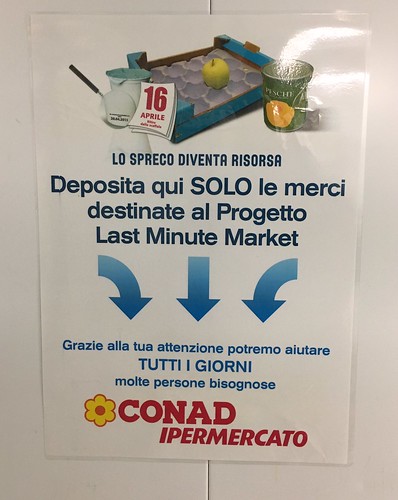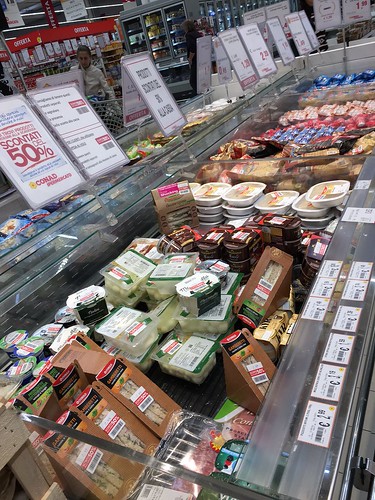And you thought September 29 was just National (U.S.) Coffee Day! The UN declared this day to in fact be International Day of Awareness for Food Loss and Waste. Who am I to argue? Instead, I joined the UN FAO’s Twitter chat.

While I’d appreciate a shorter acronym next time to alleviate the Twitter character crunch (#IDAFLW), the Day was a nice chance to illuminate the solvable problem of wasting food. But, because Tweets are a tad fleeting, I wanted to share (immortalize?) the Twitter chat on this eternal blog. Keep in mind these are actual, unedited tweets.
Question 1: Why should everyone care about food loss and waste?
We should care about #foodwaste b/c it has harmful ethical, economic, and environmental consequences (the 3 E’s). Wasting food is a terrible squandering of resources–with horrible GHG impact–when that food could be used to help alleviate global malnutrition.
Question 2: What are the social, environmental, and economic impacts of food loss and waste?
a. wasted food = lost opportunity to feed malnourished ppl: About 11% of global population underfed while 33% food is wasted.
b. #foodwaste –> Climate change! 8% of global GHG emissions stem from #foodwaste.
c. Global #foodwaste has a $2.6 trillion impact
Question 3: What are some of the key drivers behind food loss and waste?
Abundance alters mindset–we don’t need to value our food
Beauty–markets demand perfect, homogenous food
Low cost — Food is cheap in much of the developed world
Lack of Knowledge on how to store, use, maximize food
Apathy–whatever.
Question 4. Are there initiatives in your neighborhood, organization, or school encouraging the reduction of #foodwaste?
Most important step against #foodwaste: stop teaching kids that food is trash. Let’s reach the next generation–to change mindsets AND empower kids to bring home love food/hate waste message. Reduce via share tables, redistribute excess. See: @food_rescue @FoodRecovery
Question 5. How can public sector programs & investments accelerate actions to reduce food loss and waste?
a. Invest in food waste *reduction* via awareness campaigns
b. Ban landfilling of food, like several US states have done
c. Encourage/facilitate food redistribution via tax incentives
d. Enable composting/anaerobic digestion infrastructure
Question 6: What innovative business models & private sector initiatives have been successful in reducing food loss and waste?
a. Measuring #foodwaste is key, to know amount/kind food squandered –see @Leanpath
b. Redistributing excess to those in need (tax benefits!)
c. Selling food that otherwise would be wasted @DailyTableMkt
d. Transforming excess food http://bit.ly/3jedmWF
Question 7: How can we all play our part in reducing our food waste footprint?
Reducing our #foodwaste footprint is vital–and easy!
a. Shop Smarter–take inventory, don’t buy too much
b. Store Properly–avoid clutter, freeze excess
c. Be wise on Portion size
d. Love Leftovers
e. Never landfill food–reuse, give away, feed animals, compost.


 The occasion of the actual State of the Union address provides the perfect opportunity to consider our progress on wasted food in America. So…how are we doing?
The occasion of the actual State of the Union address provides the perfect opportunity to consider our progress on wasted food in America. So…how are we doing?
 We visited an “ipermercato” (a hypermarket–certainly a more fun term than ‘superstore’), to see LMM in action. The market we visited was aÂ
We visited an “ipermercato” (a hypermarket–certainly a more fun term than ‘superstore’), to see LMM in action. The market we visited was a  Hi Kai,
Hi Kai,